Optimal Timing for Cement Cladding Installations
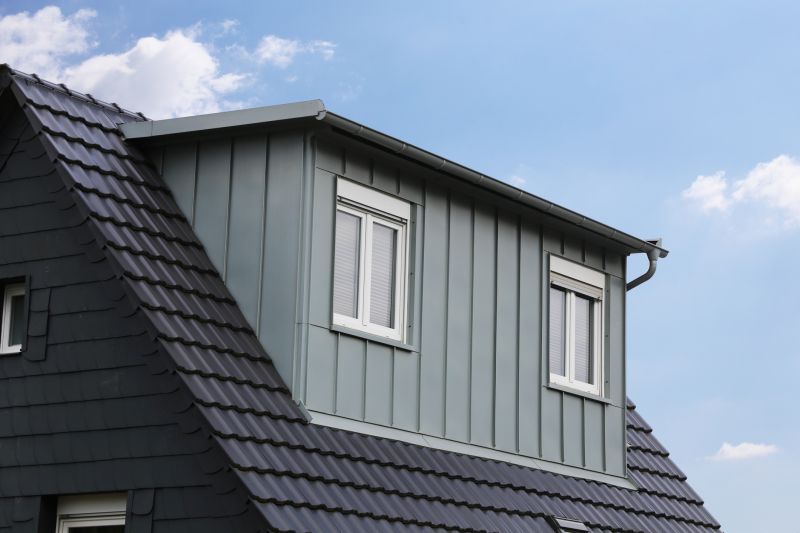
Ways to make Cement Cladding Installations work in tight or awkward layouts.
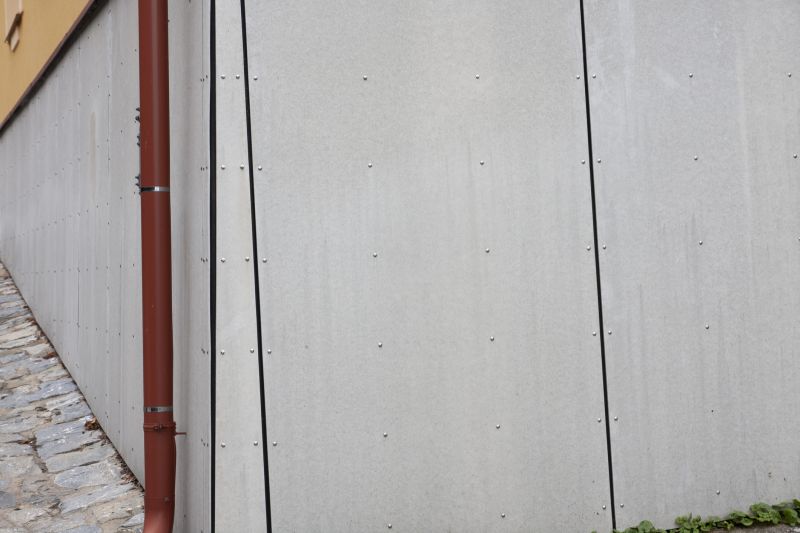
Popular materials for Cement Cladding Installations and why they hold up over time.
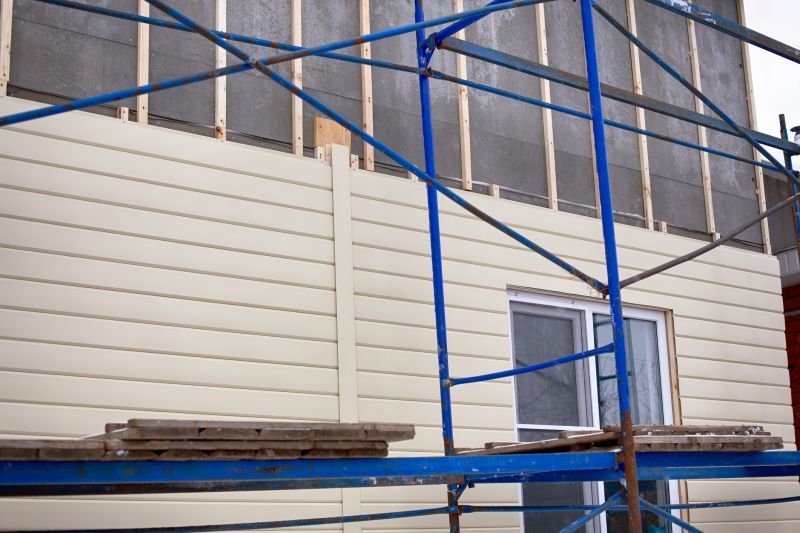
Simple add-ons that improve Cement Cladding Installations without blowing the budget.

High-end options that actually feel worth it for Cement Cladding Installations.
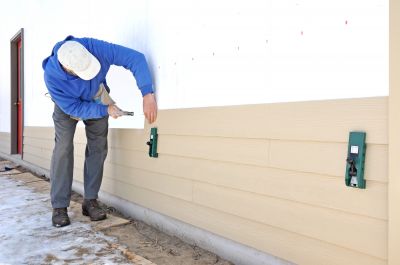
Finishes and colors that play nicely with Cement Cladding Installations.

Little measurements that prevent headaches on Cement Cladding Installations day.
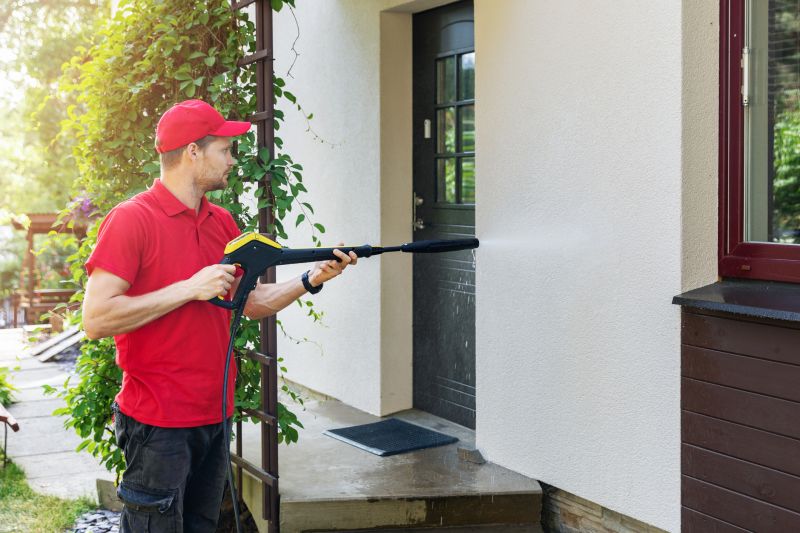
A 60-second routine that keeps Cement Cladding Installations looking new.

A frequent mistake in Cement Cladding Installations and how to dodge it.
Cement cladding installations are best scheduled during periods of stable, dry weather. Optimal conditions include low humidity, moderate temperatures, and no forecasted rain, which can affect adhesion and curing processes. Installing during these times ensures the integrity and longevity of the cladding, reducing the risk of moisture-related issues and installation delays.
Typically, the ideal seasons for cement cladding are spring and early autumn. These periods usually offer consistent weather patterns that facilitate proper curing and reduce the likelihood of weather-related interruptions. Proper planning around weather forecasts is essential for achieving high-quality results and minimizing additional costs caused by weather delays.
Installation should be avoided during extreme cold or heat, as these conditions can affect the curing process and material performance.
High humidity can impede drying times and cause moisture retention in the cladding, leading to potential issues over time.
Rain can compromise the adhesion of cement panels and extend curing times, so clear, dry days are preferred.
Planning installations during seasons with predictable weather minimizes delays and ensures quality outcomes.

Small tweaks to make Cement Cladding Installations safer and easier to use.

Lower-waste or water-saving choices for Cement Cladding Installations.

The short, realistic tool list for quality Cement Cladding Installations.

Rough timing from prep to clean-up for Cement Cladding Installations.
| Season | Advantages |
|---|---|
| Spring | Moderate temperatures and longer daylight hours facilitate installation. |
| Early Autumn | Stable weather and cooler temperatures support proper curing. |
| Summer | Potential for higher temperatures; requires precautions against rapid drying. |
| Winter | Generally not recommended due to cold temperatures and increased moisture risks. |
| Late Autumn | Unpredictable weather may cause delays and affect material performance. |
Choosing the right time for cement cladding installations can significantly impact the durability and appearance of the finished project. Proper scheduling, considering local climate patterns and weather forecasts, ensures optimal curing conditions and reduces the likelihood of rework or repairs caused by adverse weather conditions.

Quick checks and paperwork to keep after Cement Cladding Installations.
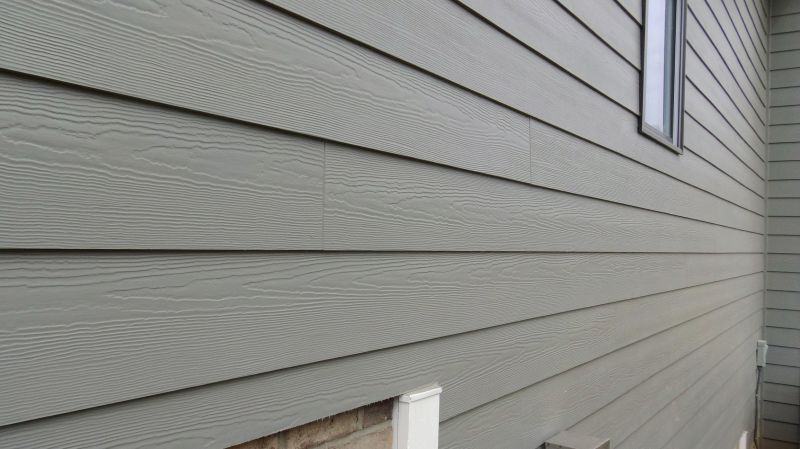
Examples that show the impact a good Cement Cladding Installations can make.

Ways to make Cement Cladding Installations work in tight or awkward layouts.
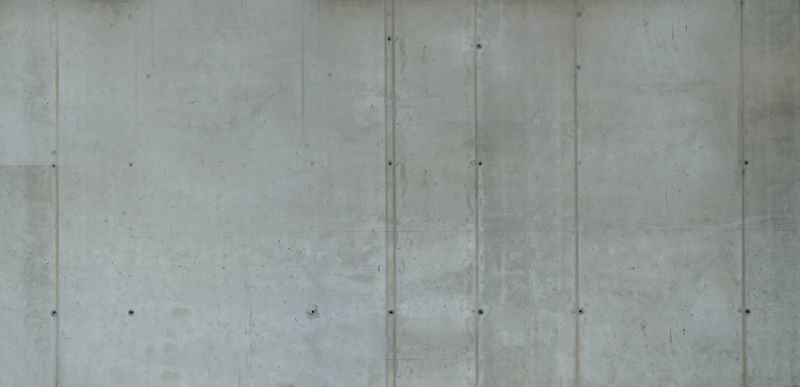
Ways to make Cement Cladding Installations work in tight or awkward layouts.
Interested parties are encouraged to contact for further information or to discuss scheduling options. Proper timing is essential for ensuring the quality and longevity of cement cladding installations.
